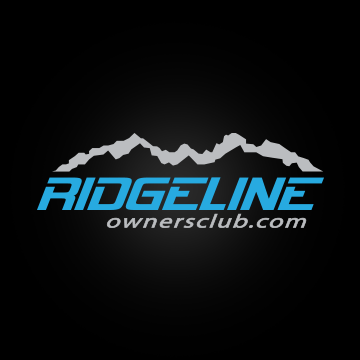Did you know Honda recommends using Premium gas when towing trailers over 3,500 lbs. in the G2 trucks? Here’s a screenshot of the Honda.com recommendation.
Has anyone noticed engine “pinging” while towing a travel trailer while using 87 regular?
![403821 403821]()
Has anyone noticed engine “pinging” while towing a travel trailer while using 87 regular?





